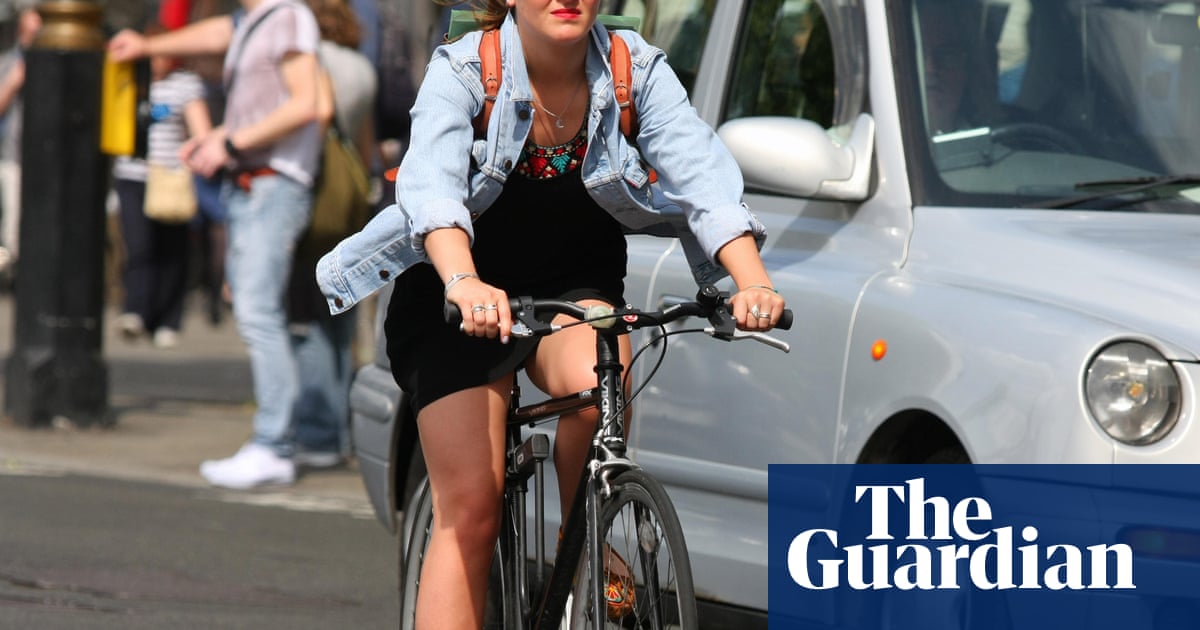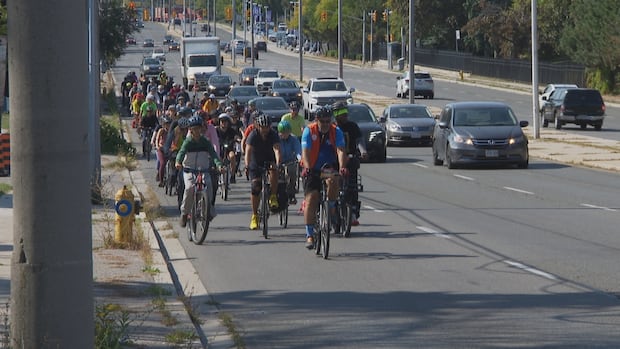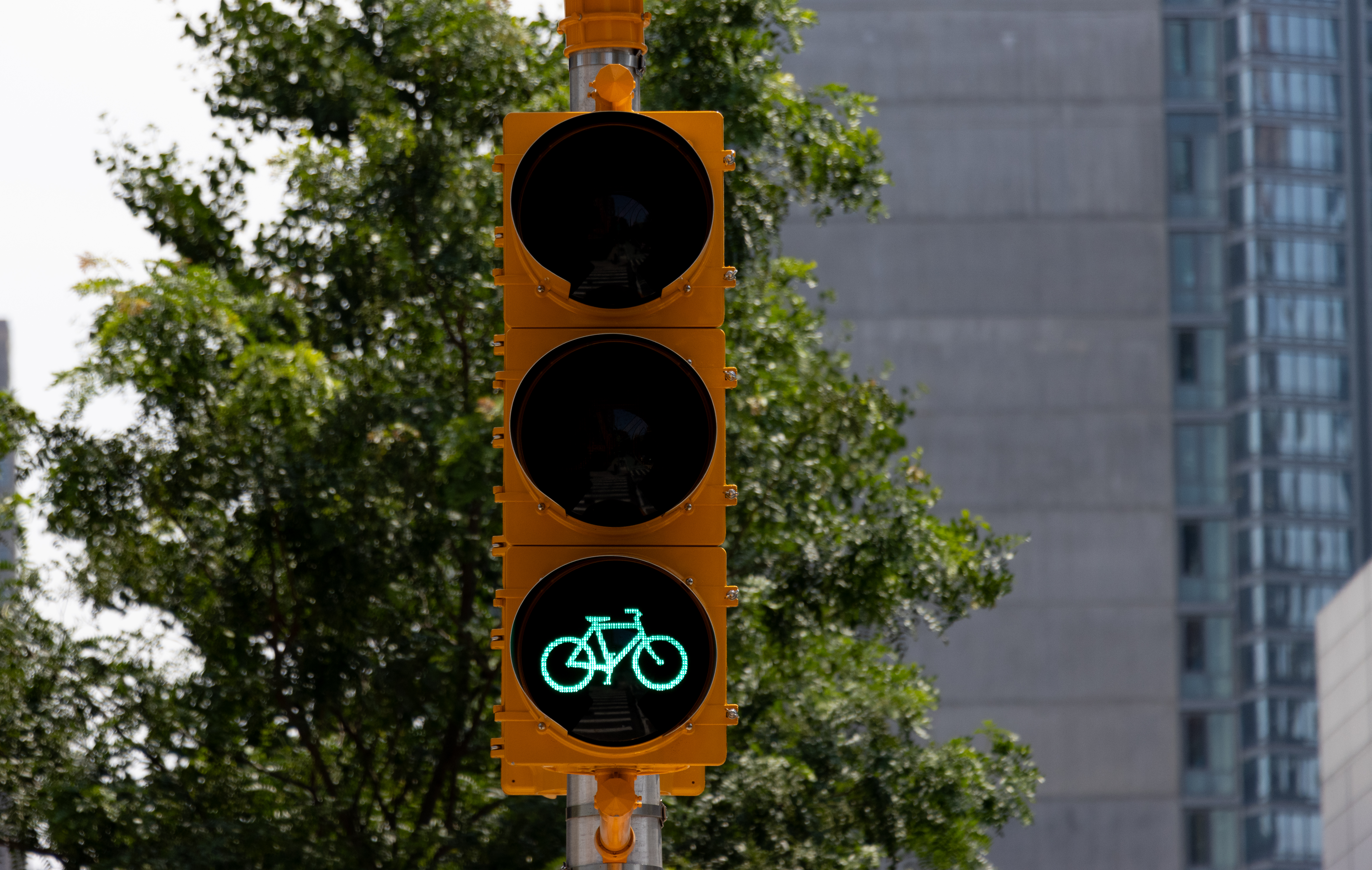#cycling-infrastructure
#cycling-infrastructure
[ follow ]
#road-safety #pedestrian-safety #traffic-safety #urban-planning #public-consultation #queensboro-bridge
fromwww.standard.co.uk
2 weeks agoNew parks and cycle lanes planned for central London in 55m makeover
Camden Council, with financial backing from Transport for London (TfL) has published the first sketches of how Holborn could look after its Liveable Neighbourhood revamp of several streets in and around Holborn. According to the council, the aim of the multi-million pound project is for residents to be able to breathe clean air, with more plants and trees, in beautiful new and improved spaces.
Remodel
fromStreetsblog
2 months agoEyes on the Bridge: Queensboro Bridge Bike and Pedestrian Paths Are Almost There - Streetsblog New York City
The markings on the former shared path are still the same, however, confusing people into taking the wrong side. And some of the entrances have few or no signs to make clear who should and who shouldn't use them. It's the latest wrinkle after decades of waiting to get a safe crossing for anyone not driving over the 116-year-old bridge - which includes more than 8,500 daily cyclists - after the Adams administration delayed the de Blasio-era project for years.
New York City
fromTheoldguybicycleblog
2 months agoWhy Bike Lanes Save Lives - and Why We Need More of Them
I've learned firsthand why cities like Lubbock need better cycling infrastructure now, not later. As cyclists, we all know the uneasy balance of sharing the road with vehicles that outweigh us by thousands of pounds. A bike lane isn't just a strip of paint - it's often the only physical space between us and potential tragedy. And after decades on two wheels, I can say this with certainty: bike lanes save lives.
Bicycling
fromStreetsblog
4 months agoGrand Street Protected Bike Lanes Taking Shape in Alameda - Streetsblog San Francisco
The construction of a two-way protected bike lane on Grand Street in Alameda aims to improve bike access and safety, featuring new pavement and pedestrian facilities.
Alternative transportation
fromStreetsblog
5 months agoOakland's 7th/8th Street Protected Bike Lane has a Deadly Flaw - Streetsblog San Francisco
I was so looking forward to using this new bike lane to ride with my friends who only ride on protected areas, but after riding there yesterday, I would only take experienced riders through that slip turn.
Alternative transportation
fromwww.bbc.com
5 months agoCampaigners welcome new 'floating' bus stops pause
Sarah Gayton, street access campaign coordinator at the National Federation of the Blind of the UK, emphasized the need for new solutions, stating it is time to "go back to the drawing board and get better solutions for blind, visually impaired people, all bus passengers and cyclists." This highlights the potential dangers faced by vulnerable road users at floating bus stops.
London politics
fromStreetsblog
7 months agoThursday's Headlines: Car-First Fifth Avenue Edition - Streetsblog New York City
"We're going to double the sidewalk space, shorten the sidewalks, so that the avenue is safer to cross, green the avenue with more than 230 tree planters and adding new seating and better lighting."
NYC politics
fromIrish Independent
7 months agoParliament Street to go traffic-free under latest phase of city transport plan
The public consultation invites feedback from residents, businesses and the wider public on the proposed changes, which include new cycling routes and improved pedestrian spaces.
London politics
London politics
fromwww.standard.co.uk
7 months agoSpeed limits to be cut in 'many' more London streets as TfL funds new cycle and bus lanes and e-bike bays
Investment of £87.6 million in safer streets, enhancing cycle lanes and pedestrian safety across London, although some boroughs receive no funding.
[ Load more ]




